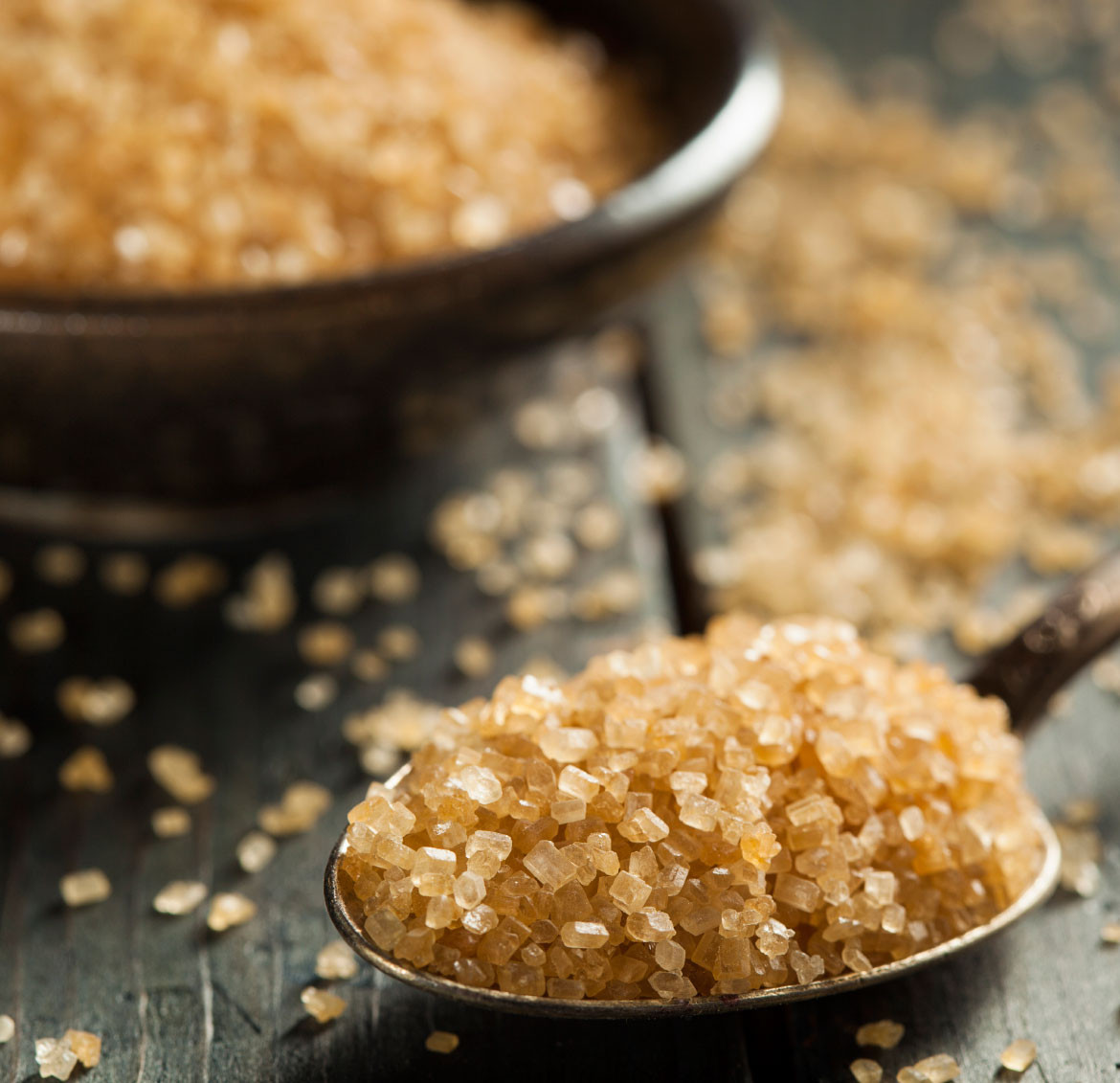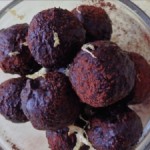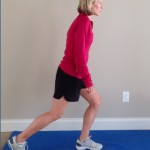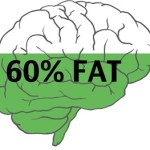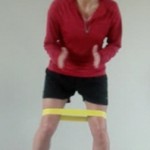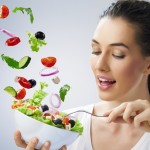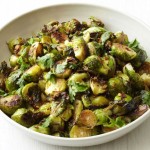The Fat Switch by Richard Johnson, MD June 2014
I recently read this book by Richard Johnson, MD a researcher, professor and author in Denver. A great read, I highly recommend it. But, just in case you’d rather have the cliff notes version, here’s my review of the highlights of the book.
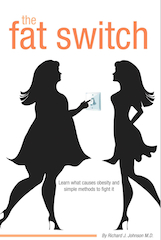 Scientists are now beginning to identify what they’re calling the ‘fat switch’ in humans and animals. Based on an understanding of an animal’s hibernation process, we are getting a better picture of why it can be so hard to lose body fat. At its most simple, when the fat switch is turned on, the body holds onto fat, converts food into fat, not energy, to be stored for the long, cold winter ahead with no food availability. But as human beings in the modern age, food is, for most Americans, too readily available.
Scientists are now beginning to identify what they’re calling the ‘fat switch’ in humans and animals. Based on an understanding of an animal’s hibernation process, we are getting a better picture of why it can be so hard to lose body fat. At its most simple, when the fat switch is turned on, the body holds onto fat, converts food into fat, not energy, to be stored for the long, cold winter ahead with no food availability. But as human beings in the modern age, food is, for most Americans, too readily available.
Through meticulous animal studies, we know that all species have hibernation and migration patterns throughout their lives. As animals prepare for migration or hibernation, their bodies automatically turn on the fat switch to store precious fat and glycogen for long periods without food. For example, hummingbirds will store enough fat to make a 600 mile journey across the Gulf of Mexico in winter. During the journey, the birds use this as energy to fuel their long trek without food. In a case like this, having a large capacity to store fat is critical to the birds’ existence! Animals actually develop metabolic syndrome to help them survive periods of food storage; it is a survival mechanism and is not an abnormal process.
Despite millions of years of evolution, humans have the same mechanism. Dr. Johnson states:
“Obesity results not because we choose to eat larger portions or to exercise less. Rather we have activated a “program” to become fat. This causes increased appetite, resulting in more food intake, and decreased energy output, resulting in exercising less. The equation is the same. Too much food intake plus too little exercise equals Fat. However, the interpretation is different. Obesity is not from gluttony and idleness, but rather because we have activated the same program all animals use to increase fat stores.”
Leptin (a hormone that signals satiety after eating) resistance occurs when hormonal signals to the brain are not operating normally. Overweight people quite frequently are not getting the signal that they are full and it is time to stop eating. The body generates energy by making ATP (adenosine triphosphate) from carbohydrates and fat. Feelings of lethargy and low energy occur when the body is not producing enough ATP in the mitochondria (small structures that exist inside a normal cell, often referred to as the powerhouse of the cell). The fat switch is located in the mitochondria. And when it is switched on a person will have a hard time losing weight and keeping it off.
What turns on this switch? High levels of uric acid inside the cell cause oxidative stress inside the mitochondria. The fat switch is turned on by this oxidative stress and the body switches from a fat burning mode to fat accumulating. It turns out that fructose is a master driver of the fat switch causing fat storing and insulin resistance. Fructose is distinct from other foods in that it activates the fat switch that preferentially shunts the food we eat into fat. By activating the switch, obesity results from both an increase in food intake and a decrease in physical activity. The historic rise in the use and widespread availability of sugar parallels the world’s increase in obesity and diabetes. Sugar is an addictive substance, firing the same response in the brain as narcotics.
How do we turn off the fat switch? Decreasing sugar/fructose intake; maintaining a normal balance of protein, fat and carbohydrates; avoiding excess beer consumption (its high yeast content increases uric acid levels); exercise more especially in the morning in a fasted or semi fasted state; get adequate sleep. Dairy products and coffee can help decrease fat stores. And, here’s my favorite one, cocoa (low sugar, dark chocolate) can actually help repair the damage oxidation causes inside the mitochondria!
When is fructose good? For exercising athletes, sports drinks that are mostly glucose with a small amount of fructose will improve and is important for athletic performance.
This book provides the best evidence and argument to date supporting low carbohydrate diets, but keep in mind this does NOT mean NO carbs. A very interesting read.
